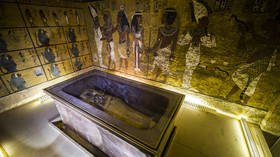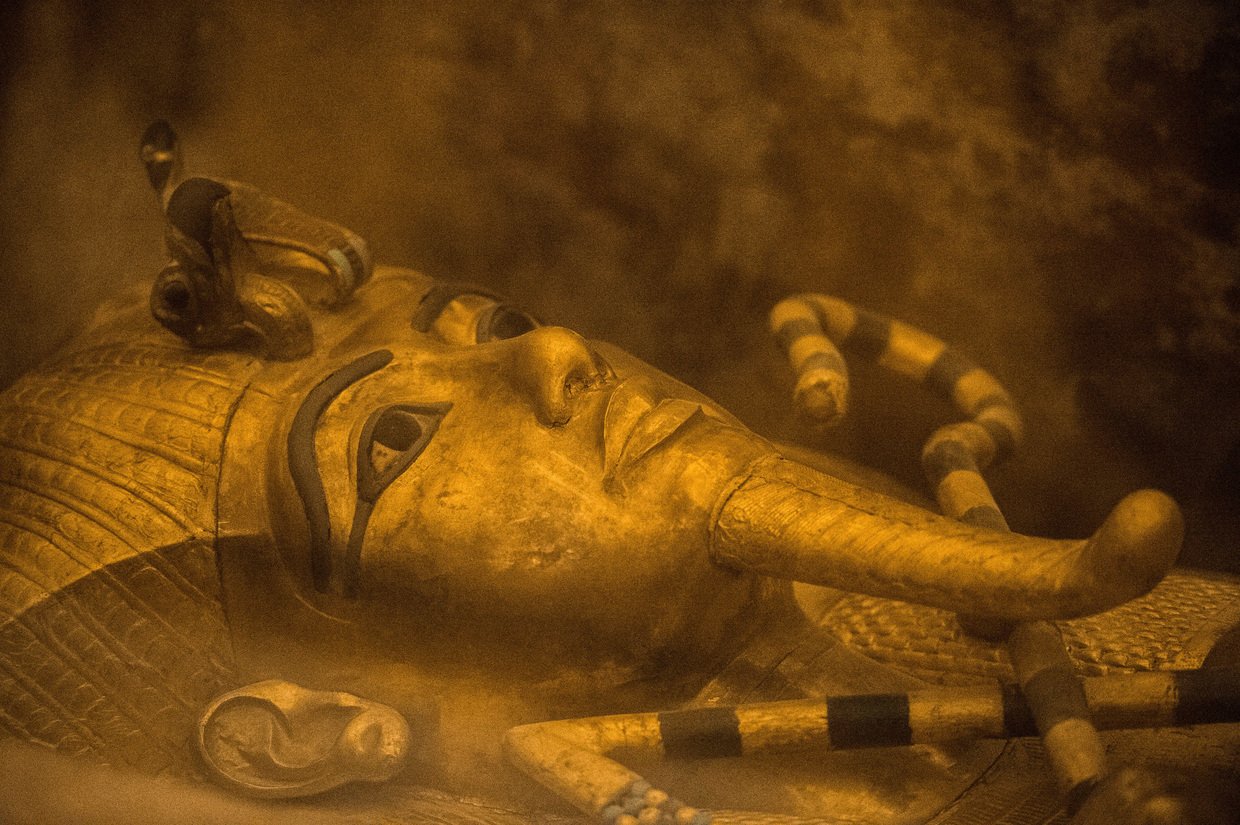Newly discovered SECRET CHAMBER beside King Tut’s tomb may be burial site of Egypt’s long-lost Queen Nefertiti

Archaeologists working in Egypt’s Valley of the Kings have made the bombshell claim that they may have discovered the secret tomb of Queen Nefertiti – hidden in a previously unknown space beyond Tutankhamun’s burial chamber.
If proven true, it could mark one of the biggest archaeological discoveries in the country’s history.
The team, led by former Egyptian minister of antiquities, Mamdouh Eldamaty from Ain Shams University, used ground-penetrating radar and found a secret corridor near the tomb of one of Egypt’s most famous royals, the pharaoh Tutankhamun. The boy king’s remarkable burial site was discovered in 1922 by English archaeologist Howard Carter.

Similar ground-penetrating studies were carried out at the tomb in 2017, but no hidden rooms were found. However, Eldamaty and his team persisted – and found a large 32ft-wide room with 6ft-high ceilings hidden in the nearby bedrock, at the same depth as Tutankhamun’s chamber.
The team is unsure whether the new space is physically connected to King Tut’s tomb, but its perpendicular position relative to it might suggest a connection – and potentially the long-lost tomb of Egypt’s mysterious queen.
Also on rt.com Listen to your mummy! Egyptian priest’s ‘voice’ heard 3,000 years after his death through 3D-printed vocal tractThey presented their findings to Egypt’s Supreme Council of Antiquities (SCA) earlier this month and hope to carry out more extensive excavations of the site to confirm their findings, and potentially unveil one of the most important discoveries in modern Egyptian history in the near future.
Nefertiti’s life is shrouded in mystery. The famed female pharaoh – and King Tut’s stepmother – is believed to have ruled Egypt during the empire’s prosperous 18th Dynasty approximately 3,300 years ago, from 1353 to 1336 BC. However, her tomb has never been found.
Like this story? Share it with a friend!















